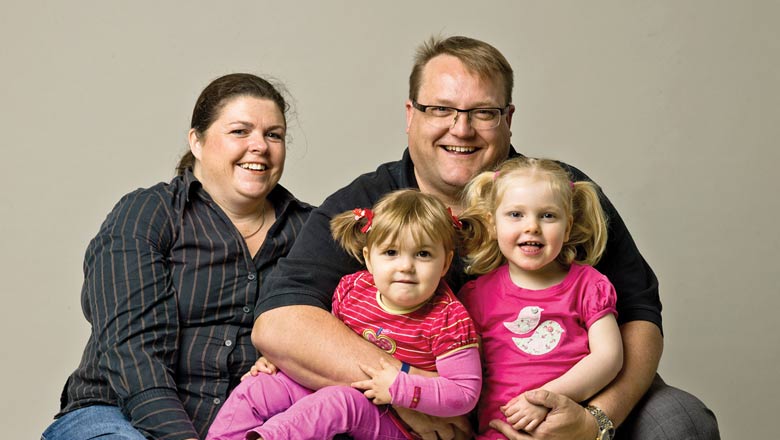Search
Research
Exploring Oral Health Related Quality of Life in Rett Syndrome Using Directed Content AnalysisNo validated oral health-related quality of life (OHRQOL) instrument currently exists for those with severe intellectual and developmental disabilities and who communicate non-verbally. This qualitative study aimed to explore the domains that were important to the oral health-related quality of life in individuals with Rett syndrome.

News & Events
Global research for rare disorderThe Kids Research Institute Australia researchers set out on a worldwide search to find out all they could about Rett syndrome, establishing databases and creating awareness.
News & Events
Critical mass in rare diseases - an innovative internet approachThe internet is emerging as a valuable tool for scientists to gather data for critical research into rare diseases.

Guide our sibling research!
We want to hear from siblings living outside of Australian cities!
Research
Early determinants of fractures in Rett syndromeThe goals were to compare the fracture incidence in Rett syndrome with that in the general population and to investigate the impact of genotype, epilepsy,...
Research
Lost in translation: translational interference from a recurrent mutation in exon 1 of MECP2Rett syndrome (RTT) is an X linked neuro-developmental disorder affecting mostly girls. Mutations in the coding region of MECP2 are found in 80% of classic...
Research
Survival with Rett syndrome: comparing Rett's original sample with data from the Australian Rett syndrome DatabaseRett syndrome is a severe neurodevelopmental disorder that typically affects females. Little is known about the natural history and survival time of these femal
Research
Level of purposeful hand function as a marker of clinical severity in Rett syndromeWe investigated relationships between hand function and genotype and aspects of phenotype in Rett syndrome

